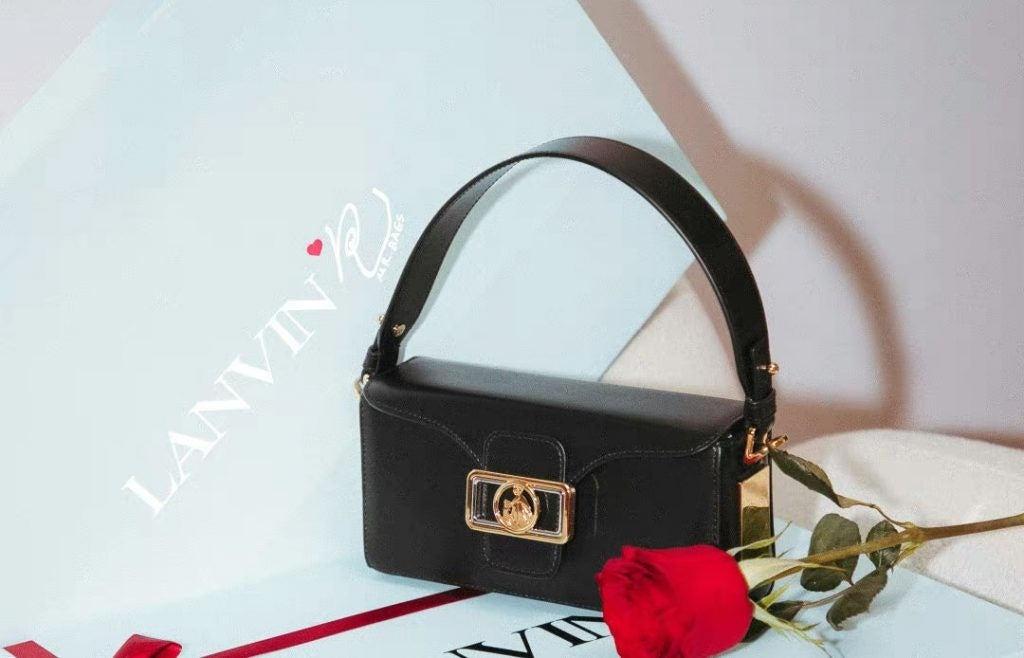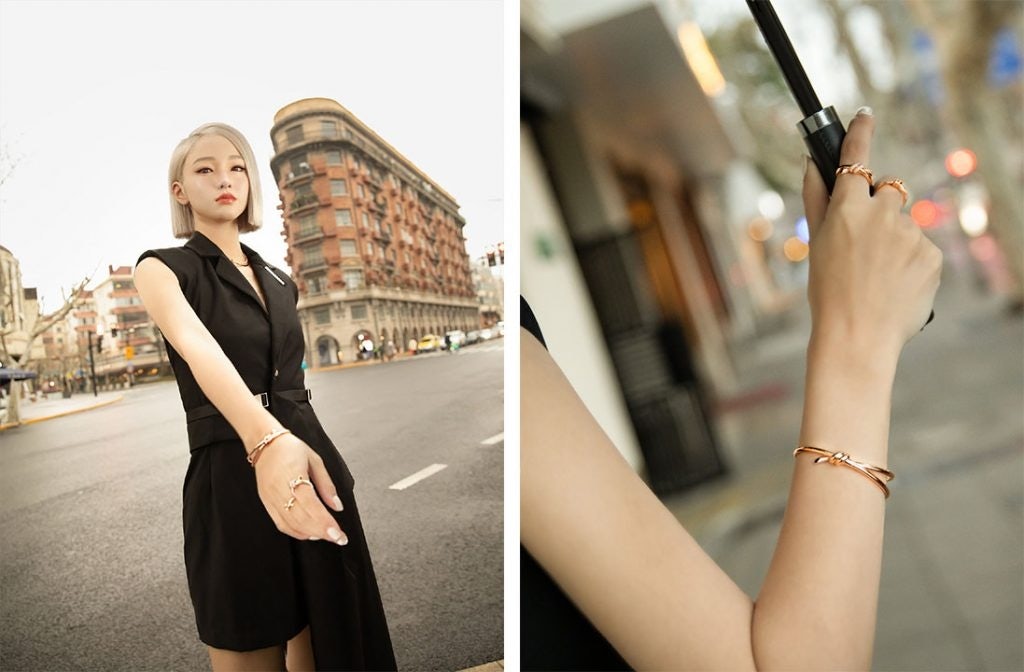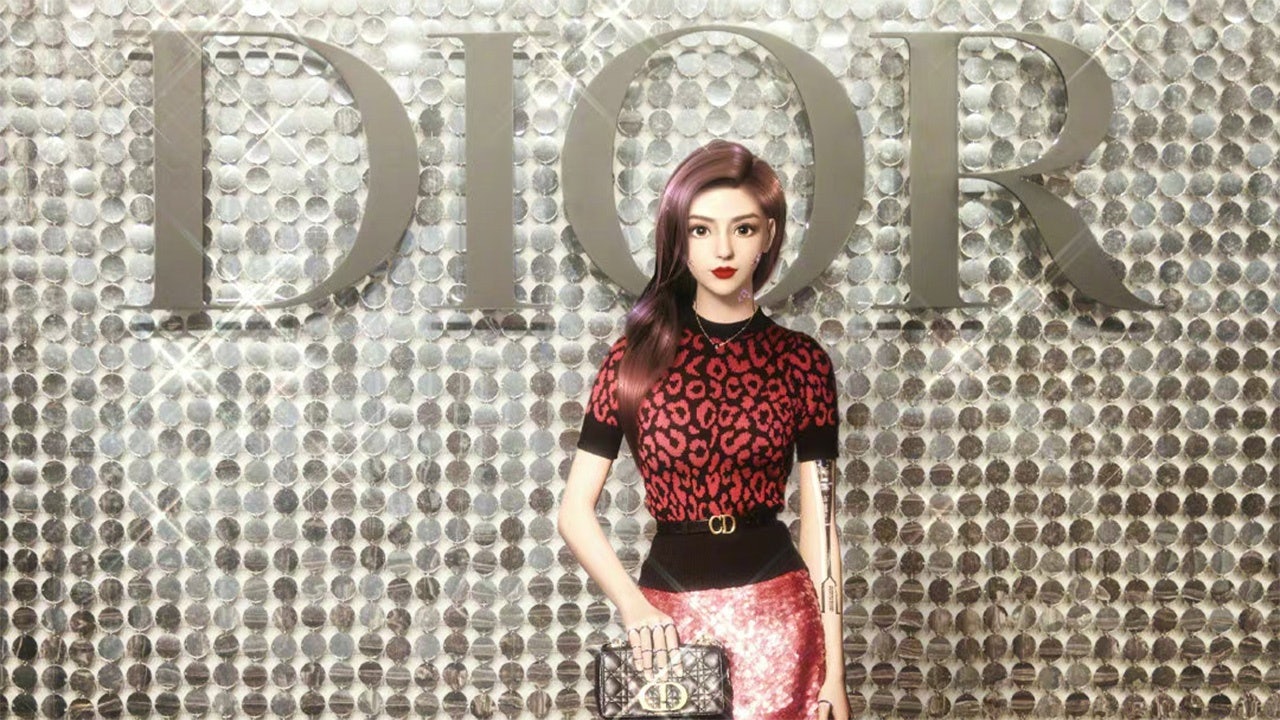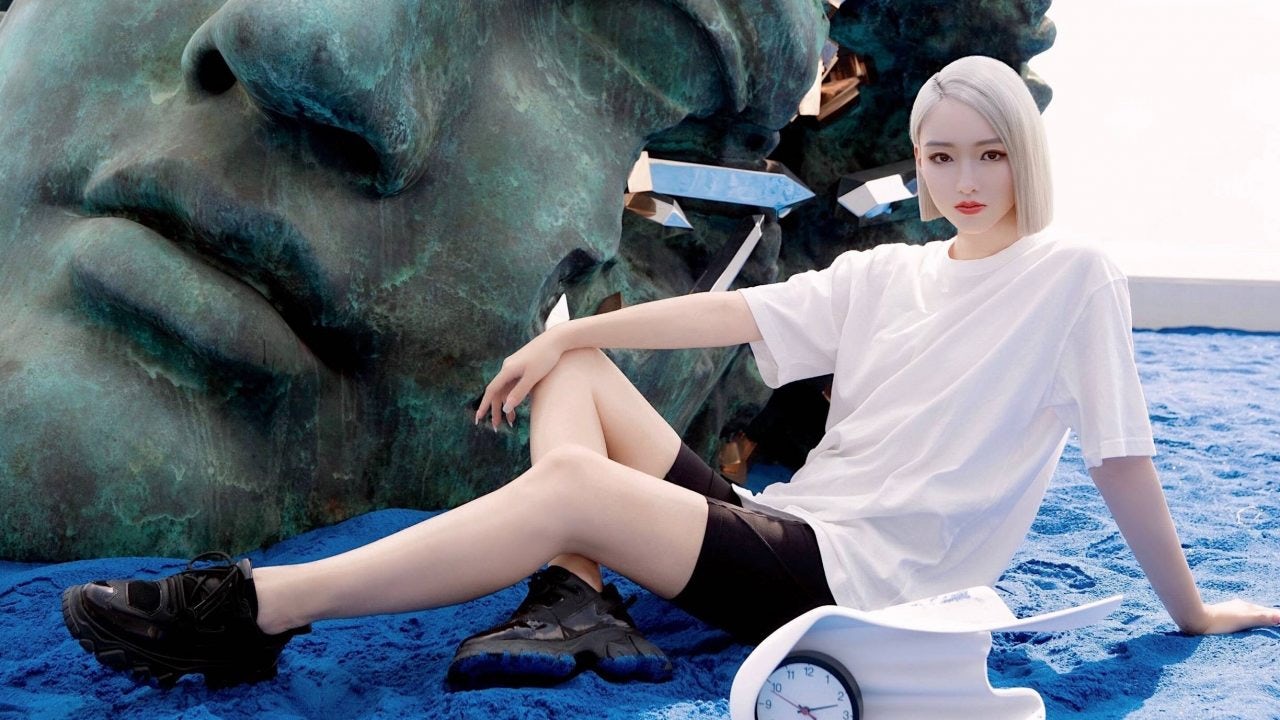Luxury brands have long used influencers or key opinion leaders (KOLs) to get into the hearts, minds, and ultimately digital wallets of young Chinese consumers. Influencers, particularly those who enjoy a mass following, have helped to dramatically democratize the accessibility of a luxury lifestyle.
This has been a key success factor for labels in winning over younger and first-time luxury consumers. According to McKinsey’s China Consumer Report 2021, 44 percent of Gen Zs surveyed reported that bloggers and online influencers were among their top three sources for product recommendations (versus just 10 percent in the US). Indeed, the rise of livestreaming in the mainland has redefined the market power of celebrity influencers, many of whom can sell millions of dollars of prestige branded merchandise.
A New Playbook#
KOLs are undoubtedly a critical component of the luxury marketing playbook in China, but the rules of this are fast evolving. A convergence of forces is transforming the role and function of the traditional influencer.
Firstly, many influencer campaigns have become too predictable, in some cases even employing a copy-and-paste approach. The ubiquitous Mr. Bags x luxury brand style of collaboration may still sell out in minutes, but will consumers continue to buy into the hype in the future? Influencer fatigue may not be an imminent threat, but businesses should be aware that there is an increasing risk of cynicism from consumers who are reassessing the authenticity of these campaigns.

Secondly, while social media platforms may still be the primary medium for firms to connect with Gen Z (and Gen Alpha), is the metaverse set to become the dominant universe for social interaction? It may be a question of when — rather than if — young Chinese will have a virtual identity here.
The Virtual Influencer#
As consumer interest in new experiential content grows, the rise of the virtual influencer will become a fluctuating battleground for luxury brands.
Authenticity is a cornerstone of every influencer strategy and labels continue to experiment with different virtual influencer formats. Dior, for example, introduced a digital double of Angelababy (dubbed China’s Kim Kardashian) at its pre-fall 2021 Shanghai Fashion Week. Although digital doubles are already a common feature within the gaming world, it is only a matter of time before real-life influencers adopt a virtual identity.
Beyond this, there are many instances of brands working with established virtual influencers who are winning over a growing aspirational following. The human lookalike Ayayi has collaborated with numerous luxury companies, including Tiffany & Co. to promote its Knot collection. The popularity of the likes of Ayayi — which incorporate a ready-made but evolving persona — is the beginning of a new culture of influencers where reality is a digital construct.

But the most recent development is that luxury brands are creating their own virtual influencers specifically for the Chinese market. This approach gives the company full control, with maximum flexibility to craft the desired personality and its narrative. In other words — brand focused.
Such an approach has an inherent advantage: the possibility of nuanced cultural relevance, which allows virtual influencers to connect emotionally with their followers. For example, L’Oréal introduced Mr. Ou, the very first virtual idol of the L'Oréal group. His profile is that of a 24-year-old Franco-Chinese man, an entrepreneur in the beauty sector and particularly sensitive to issues related to eco-responsibility. The anime-style character Mr. Ou may still have only a niche following, but expect more labels to follow suit.
The Metaverse Experience#
Younger cohorts are demanding greater immersion and interaction with influencers. The metaverse is ideal for such a trend. A future-proof influencer strategy in this can facilitate greater creative and storytelling opportunities — and so lead to richer consumer-brand relationships. Engagement rates with virtual influencers were found to be almost three times higher than their real counterparts.
The traditional influencer model is not yet obsolete but the metaverse is developing with speed and agility. There is, significantly, already a greater acceptance of how the virtual fits into the world of luxury: according to global marketing agency Wunderman Thompson, 91 percent of Chinese respondents (vs. 65 percent in the US) agree that digital craftsmanship requires the same amount of talent and expertise as physical craftsmanship. It is time: luxury marketers need to get real about the future of virtual influencers.
Glyn Atwal is an associate professor at Burgundy School of Business (France). He is co-author of Luxury Brands in China and India (Palgrave Macmillan).


